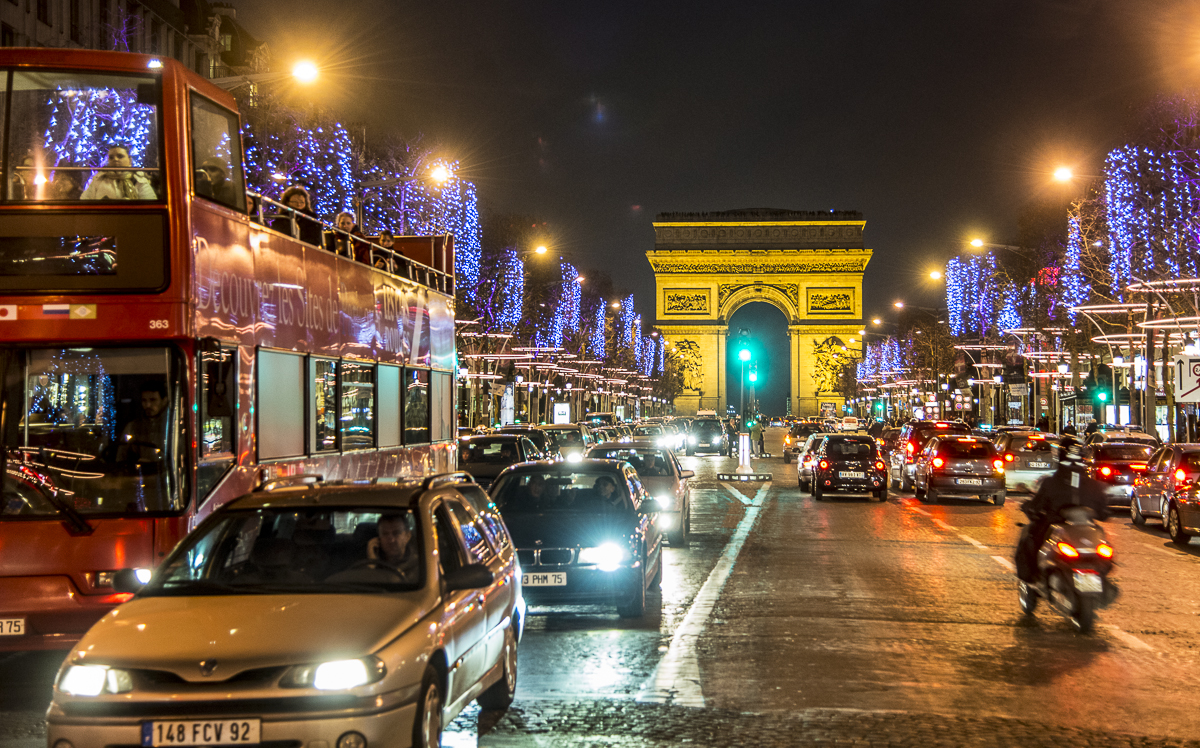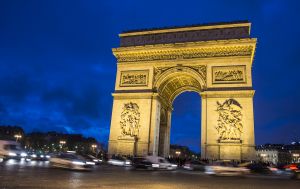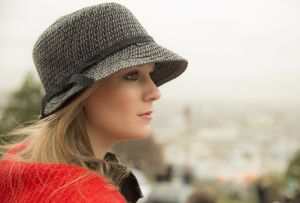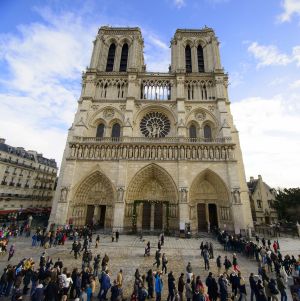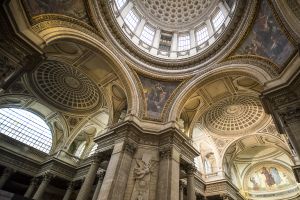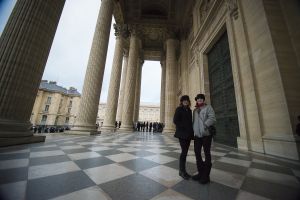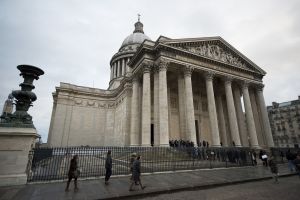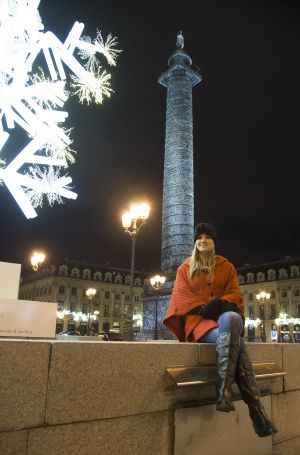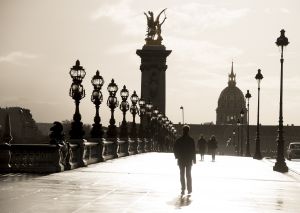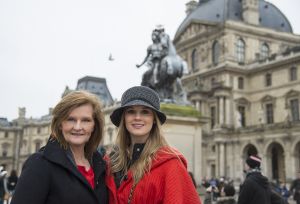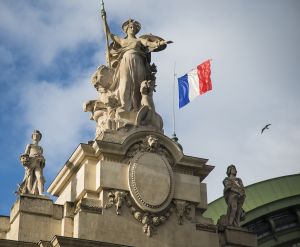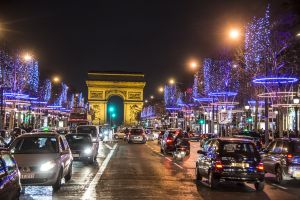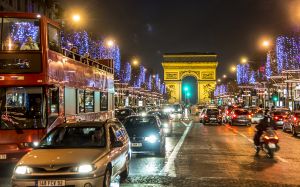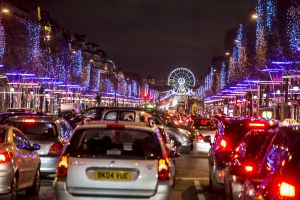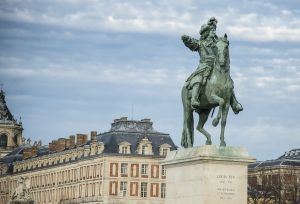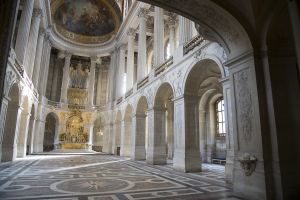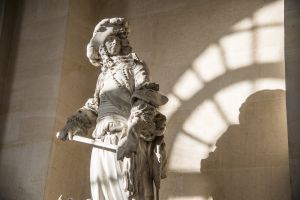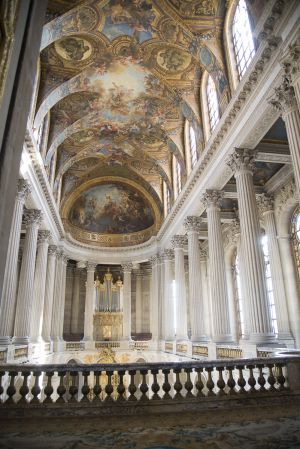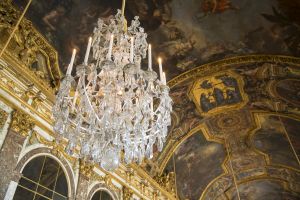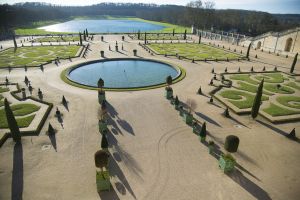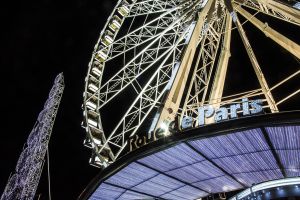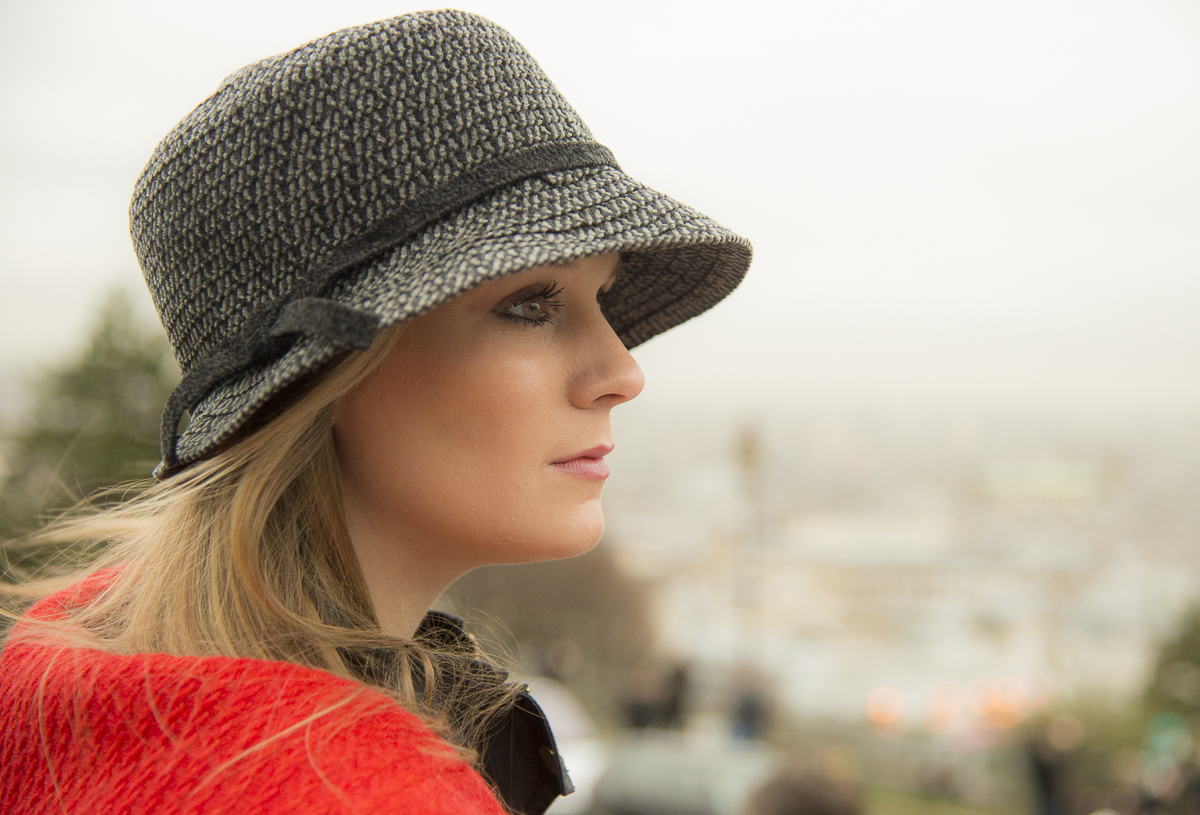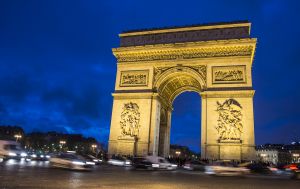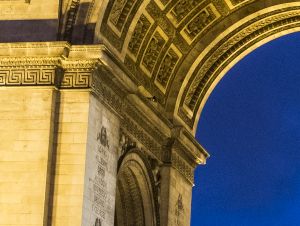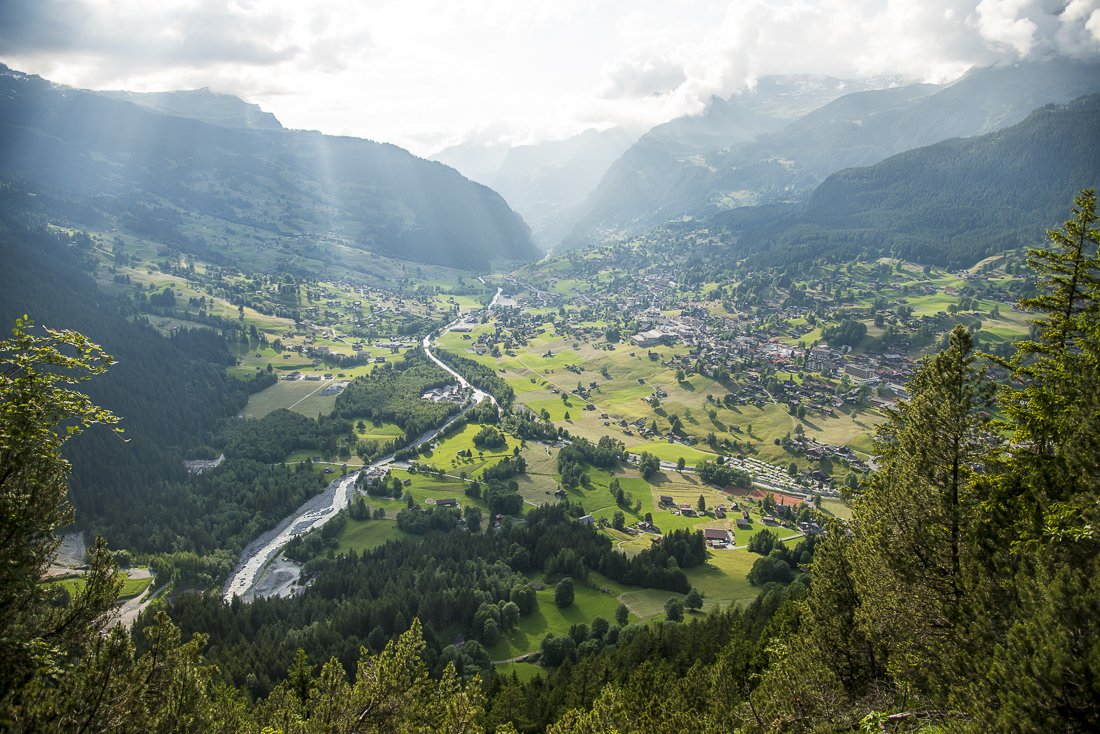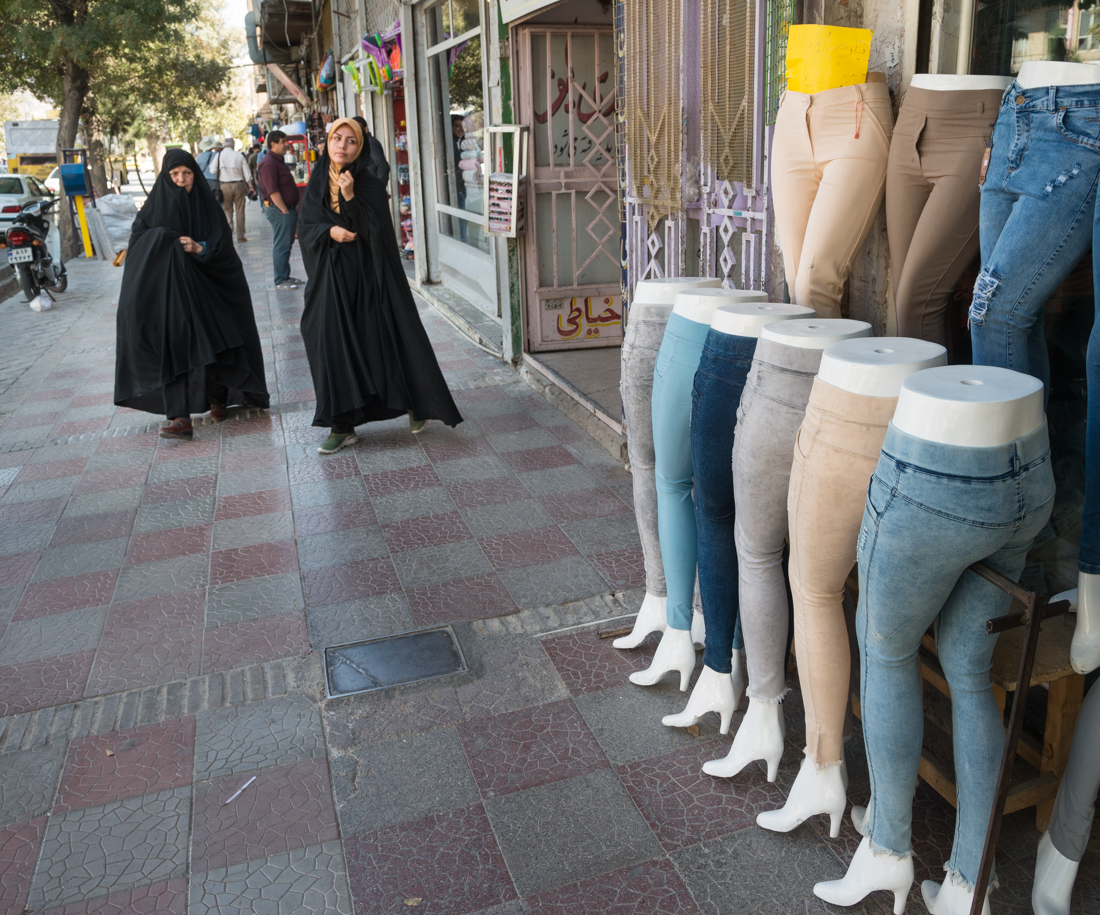Here’s the last of three posts from a great trip to Paris with my niece Caitlin and sister Jana.
I had to brush up on some superficial French history just to grasp some of what I was seeing in Paris last week, and to fit it in with a little perspective. Here’s the crash course:
France had a series of Kings from the 5th Century through the 18th Century. After 1610, they were all named Louis. They lived in the Louvre (then a Palace) in Paris until the the 1680s when they moved 10 miles outside of town to a huge estate and a new palace at Versailles (now a Paris suburb). Versailles served as the royal residence and center of most government until the late 1700s. In 1789, Louis XVI and Marie Antoinette were reigning as King and Queen, which was very bad timing for Mademoiselle LetThemEatCake: Louis and Marie were dragged out of Versailles by French Revolutionaries. By 1793, the monarchy was done (mostly) and both Louis and Marie were guillotined in Place de la Concorde in the center of Paris. Ouch.
After the big Revolution ended the centuries of rule by kings, it took the French about one decade to appoint, instead, an Emperor! Pope Pious VII (go figure) presided over the coronation of Napoleon Bonaparte and his Empress, Josephine in the 12th Century cathedral, Notre Dame (“Our Lady”) de Paris in 1804. Napoleon ruled France from 1804 until he met his Waterloo — at Waterloo — in 1815.
The next several decades saw a mix of monarchs (Louis XVII, etc.) and an occasional return of Napoleon and/or his nephew (Napoleon III) as temporary emperors. The famous book/musical/movie, Les Miserables, was set (in Paris) in the early 1800s, during a period of monarchy (i.e., not during the French Revolution, as I’d always thought). It was 1871 before a successsion of elected Presidents took over for good (sort of). That was the era when the Parisians put up the Eiffel Tower.
It was Napoleon Bonaparte who commissioned the Arc de Triomphe to honor his military heroes and fallen soldiers. Napoleon’s own body passed through the Arc on the way to his tomb. The French marched around the Arc to celebrate their Triumph at the end of World War I; Hitler’s troops did the same when they took the city in 1940. Happily the last big triumph along those lines was when our own American GIs (together with French and English Allied troops) liberated the city in 1944. Their well-deserved celebration parade went around the Arc and down the adjacent avenue, the Champs Elysees to Place de la Concorde (toward the Louvre, where this story began).
The big archway (pictured at night) is, of course, the Arc de Triomphe; the traffic pictures are from the precarious middle of the Champs Elysees. The ferris wheel was set up at Place de la Concorde. You probably recognize the church facade as Notre Dame. The greenish statutes, the lavish landscaping, and the fancy chandeliers are at Versailles. The pretty girls are my sister and niece.
A PHOTOGRAPHY LESSON / EXPERIMENT :
For camera ‘folk’: For the shot of the Arc in twilight, I quickly realized couldn’t get the cars out of the picture. At faster shutter speeds, it looked like a parking lot of oddly-spaced cars. To blur the cars, I adjusted ISO and f-stop ’til my shutter speeds were around 1/4 or 1/6 second. Handheld. The VR (Vibration Reduction — same as Canon’s Image Stabilization) elminated the blur on the stationary arc, but doesn’t (couldn’t) eliminate the blur on the moving cars. Though the cars are blurred beyond recognition, I was surprised how sharp the VR system kept the Arc itself. The picture (below) on the right is just a cropped section of the one on the left — notice that you can read the inscriptions on the Arc. If I had it to do over, I’d have left the f-stop wide open and improved my ISO instead.
